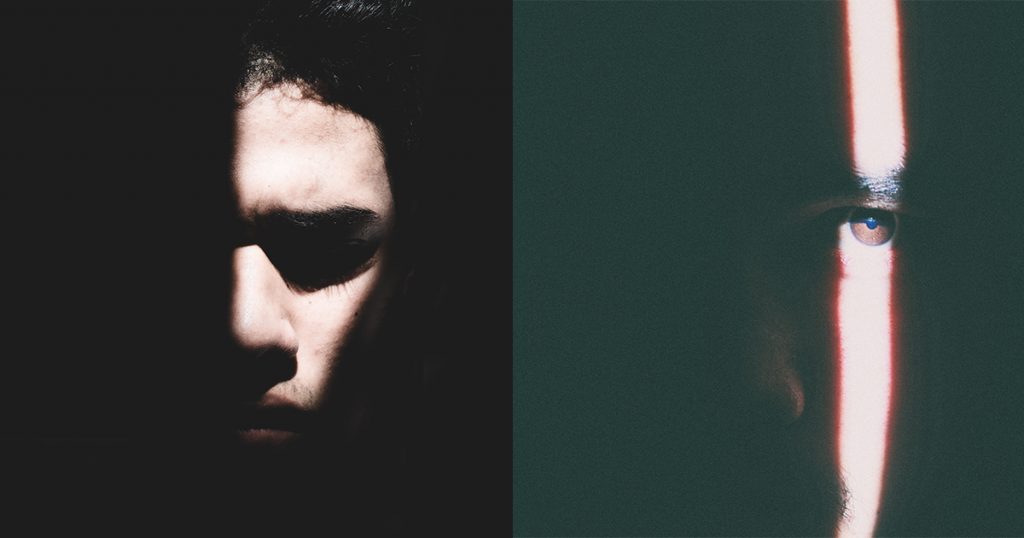Do Good-Looking People Get Away With Crimes?
There may be a number of flaws in society’s justice system, but one of the biggest yet inevitable flaws is the involvement of people. When someone has been accused of committing a crime, we do our best to make punishments fair and judicial in the careful and strategic setting of a courtroom, but using people to judge other people has its unavoidable disadvantages. Decision making, whether it is the prosecution, defence, judge or juries, will be influenced with the instinctive bias of human nature. To ensure fairness in the courtroom, we must get to the root of the human mind and understand what factors contribute to a biased decision.

Two psychologists, Sigall and Ostrove were both fascinated with this and conducted a study on it, specifically zooming in on how attractiveness affected a jury decision making. Would a jury be inclined to give an attractive criminal a less harsh punishment?
To study this, they used 120 participants and gave them each a card with a picture of a woman and what crime she had committed on it. This woman was known as Barbara Helms. The participants were split into 6 groups of 20, and each group had either a photograph of an attractive woman, an unattractive woman, or no photograph at all.
| Group | Card Given |
| 1 | Attractive photo of Barbara and she was accused of burglary. |
| 2 | Unattractive photo of Barbara and she was accused of burglary. |
| 3 | No photo given of Barbara and she was accused of burglary. |
| 4 | Attractive photo of Barbara and she was accused of fraud. |
| 5 | Unattractive photo of Barbara and she was accused of fraud. |
| 6 | No photo given of Barbara and she was accused of fraud. |
At first, all of the participants were asked to rate Barbara as unattractive or attractive, so that the researchers knew that they agreed to what the photo intended. They then were asked to give Barbara a prison sentence from 1-15 years.
The mean of each sentence was calculated and the results are as follows:
| Attractive Photo | Unattractive Photo | No Photo | |
| Burglary | 2.80 | 5.20 | 5.10 |
| Fraud | 5.45 | 4.35 | 4.35 |
When examining the unattractive photograph and participants given no photograph, we see the sentences are quite similar. But with the attractive photograph, participants thought Barbara deserved less time for burglary, and more time for fraud.
This could be because we associate more attractive people with fraud; it is believed that they use their good looks to swindle money from others, so the participants gave Barbara more jail time. Whereas we don’t associate attractive people with burglary, and would be less likely to believe she broke in and stole something, so the participants gave her less jail time.
Sigall and Ostrove (1975) concluded that attractive people are given a less harsh punishment for some crimes, but would get a harsher punishment if thy used their good looks to commit the crime.
Even though this is one amongst many studies that attempt to discover if the perception of the human brain leaks into the underlying bias in the courtroom, there are still many questions to be answered. Is the attractive criminal given less jail time for fraud because people want to disprove the stereotype that they are more trustworthy, or is lessening their jail time for burglary just confirming this perception of attractive people?
References
[Publicity photograph of Anne Hathaway as Catwoman]. Retrieved from http://www.comicbookbrain.com/_imagery/2012-06-22/anne-hathaway-catwoman.jpg
[Untitled image of scales with a fist]. Retrieved from http://www.ssdanswers.com/wp-content/uploads/2011/04/14/class-action-lawsuit-filed-against-social-security-judges-for-bias/bending-the-truty.jpg
[Untitled photograph of a gavel and a scale]. Retrieved from http://cdn.collectionscreditrisk.com/media/newspics/lawsuitgavel.jpg
Frye, L. (n.d.). Juries and sentences [Web log post]. Retrieved from http://forensicpsych.umwblogs.org/issues-and-debates/juries-and-sentences/
PBWorks. (2007). Halo effects of attractiveness. Retrieved September 19, 2015, from http://biasandbelief.pbworks.com/w/page/6537193/Halo%20Effects%20of%20Attractiveness
Sigall, H., & Ostrove, N. (1975). Beautiful but dangerous: Effects of offender attractiveness and nature of the crime on juridic judgment. Journal ol Personality and Social Psychology, 31(3), 410-414. Retrieved from http://www.communicationcache.com/
Edited by: Zoe




Responses